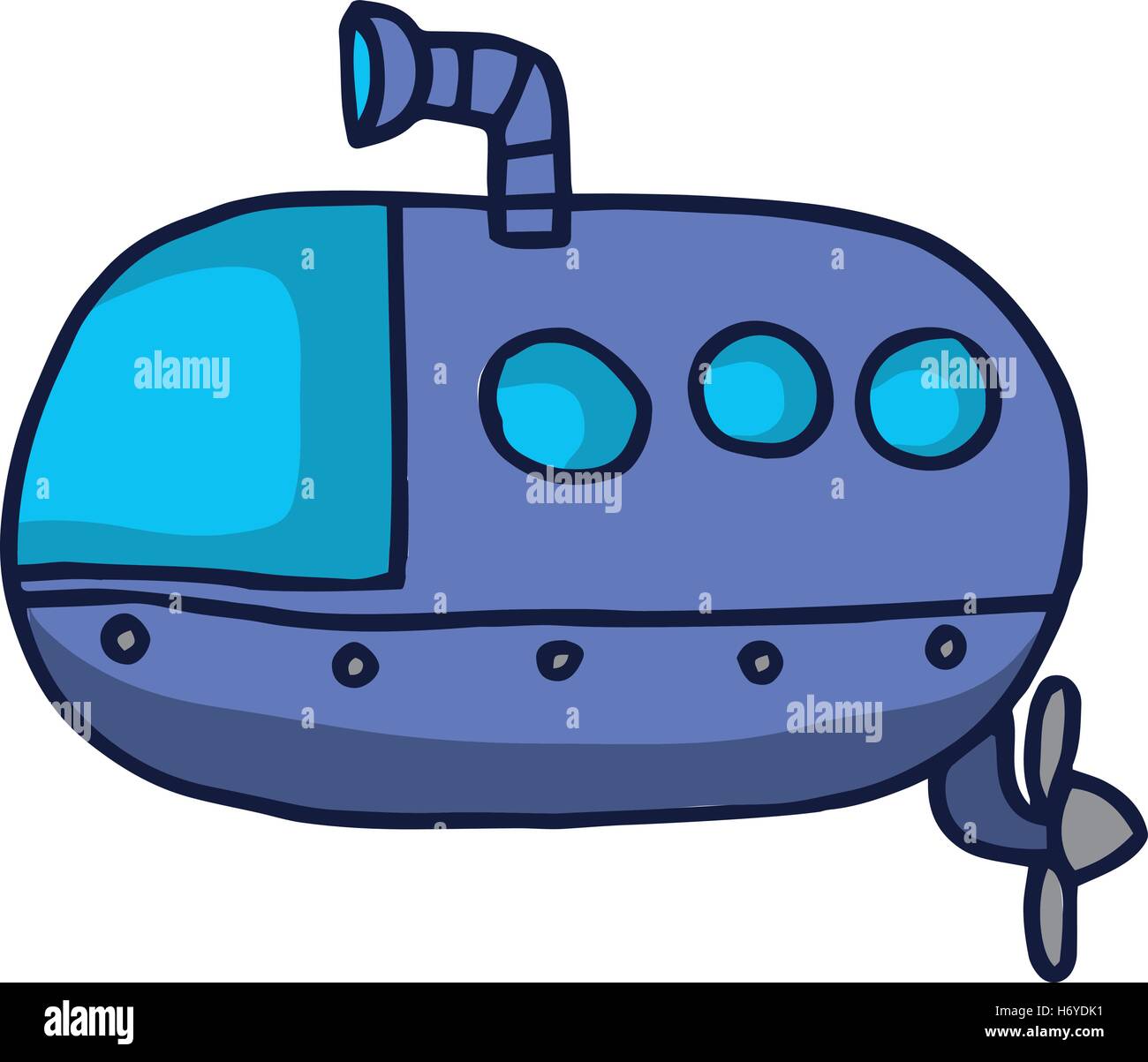

Of the nearly 1,200 people who died, more than 120 were citizens of the U.S., which, at the time, was neutral in the war. On May 7, 1915, a German submarine attacked and sank the British passenger liner Lusitania off the southwest coast of Ireland. Many historians argue that it was the German’s policy of waging unrestricted submarine warfare-the torpedoing of ships without warning-that dramatically altered the outcome of the war in favor of the allies. And yet it came back to bite the German's too. U-boat action had a devastating impact on the Allies’ war effort. They initially sank Allied military vessels and then, increasingly, their commercial and supply ships. More sophisticated than the vessels made by other countries, some U-boats carried 12 torpedoes and had the ability to stay underwater for two hours at a time. While submarines in their modern form have been around since at least the 19th century, they first became a significant weapon during World War I.īritain had a small fleet but it was the German U-boat that was especially feared. Jovi Juan, Renee Lightner, Elliot Bentleyĭavid Tattersfield from the Western Front Association Tom Mudd, Laurence Eyton, Sheila Courter, Margaret de Streel, Matthew Walls, Adrian Kerr, Peter Stiff, Perry Cleveland-Peck, Sofia McFarland, Tina Fuhr, Lydia Serota, Ese Erheriene, Jon Sindreu, Yvonne Dennis, John Crowleyĭipti Kapadia, Mark Kelly, Parminder Bahra, Miho Inada, Menglin Huang, Ayla Albayrak, Monika Vosough, Billy Higgins, Beckey Bright, Tom DiFonzo, George Downs, Pat Minczeski, Michael Ovaska Smith, Charles Hutzler, Matina Stevis, Ayla Albayrak, Charles Forelle, Perry Cleveland-Peck Nathan Hodge, Art Patnaude, Tommy Stubbington, Andrew Peaple, Tom Mudd, Peter Evans, Sarah Sloat, Rory Jones, Alexis Flynn, Fiona Matthias, Harriet Torry, Alen Mattich, Chase Gummer, Laurence Eyton, Peter Stiff, Paul Hannon, Laurence Witherington, Gautam Naik, Christopher Lawton, Michael Wright, Neetha Mahadevan, Laurence Norman, Caitlan Reeg, Jovi Juan, Liza Hearon, Inti Landauro, Thomas Varela, Marcus Walker, Jake Lee, Shirley Wang, Stephen Fidler, Juhana Rossi, Will Lyons, Monica Houston-Waesch, Francesca Freeman, Peter Nurse, James Leigh, Max Colchester, Todd Buell, Frances Robinson, Adam Najberg, Matthew Walls, Yuka Hayashi, Jose DeCordoba, Selina Williams, Naftali Bendavid, David Winning, Geoffrey T. History is always open to interpretation, but as the war to end all wars retreats from living history, it feels more important than ever to remember its impact.

Wall Street Journal editors from around the world have selected 100 legacies that still shape our lives today. It invented new forms of killing and unearthed miraculous ways to save lives. World War I has given us daylight saving time, Dada, triage, chemical weapons, plastic surgery, fascism and, of course, another war. Poets committed some of the most memorable imagery in modern verse to paper while a generation of writers would descend on Europe’s war-torn cities and fashion a new style of literature.Īfter millions of men gave their lives on the battlefields of Europe, it was doubly tragic that a deadly influenza would claim up to 50 million more deaths in the conflict’s immediate aftermath. Empires crumbled, borders were redrawn, art movements flowered and women won the vote (even if you still had to be over 30 in some countries). It ushered in the era of mechanised warfare whilst laying the foundations for modern medicine. It gave birth to violent dictators and their ideologies but extended the electoral franchise to millions.

From new countries to literature, from tanks to treaties and from flamethrowers to fashion, the conflict is still writ large on our lives 100 years on.


 0 kommentar(er)
0 kommentar(er)
